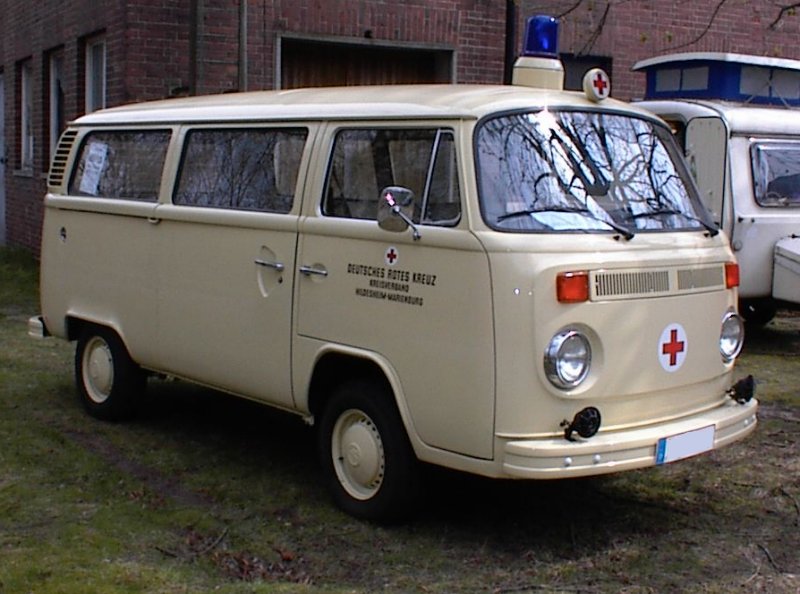This approach really shows us, that deep down we are always trying to get ahead and cut the corners so we can get to the next task.
But what does this have to do with the design of a camper I hear you say? Lots! It can be really easy for some bits of wood that are a 1 or 2mm out to be left by the side and forget about them. But when you come back in the future you are always glad that you took that little bit more time to deal with the issue.
Ever Worked on Auto Body?
During my limited experience with auto body work I noticed one thing. This one thing should be hung above the painting booth in a workshop and given as introductory notes for new comers:
It all comes through the paint!
Something that you may think looks about right and you decide to speed up the process and get painting. Well as soon as the paint has begun to dry, your heart can then begin to settle also as you know those lines you saw before you painted are still there!.
How do we get around these problems? They are generally quite simple, finer grade sandpaper (good old wet and dry sandpaper) and then progressively move to a finer grade as time processes until all the marks are gone. During this process, using a high build primer would be a great option, as they add an extra thick layer for you.
To Bring This Back To My Camper
The top half and bottom half of the camper are going to be separated the two lines of different colours that meet together. I had a little idea spark off and thought wouldn't it be great if I could get some of the table trim from Eddie Rocket's Diner tables. It was about 2 inches wide, and would make a great band around the van to separate the colours.
I've found some nice US suppliers who have a wide range, and some others sourcing from here in Europe. Hopefully we can get these in time (and chromed) for the deadline. It is the attention to all of these details however, that make it all come together and look the best.

